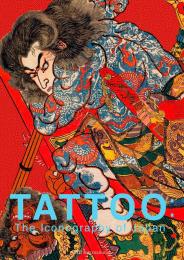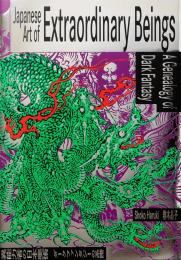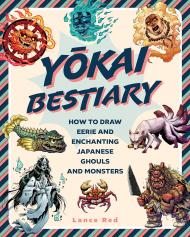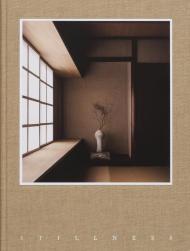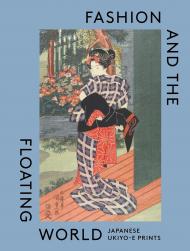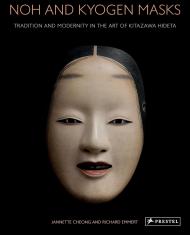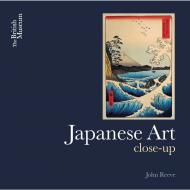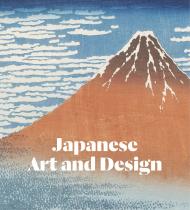Ця книга представляє татуювання в Японії з усім їх вражаючим багатством і витонченістю.
Історія цього унікального народного мистецтва, його значення, соціальне походження та еволюція, а також збірка рідкісних інтерв’ю з майстрами татуювань, зроблених за останні тридцять років.
У світі мистецтва татуювань небагато традицій можуть зрівнятися з витонченим і витонченим мистецтвом японських татуювань. У цій багатоілюстрованій книзі «Татуйоване тіло» французького історика та журналіста, який спеціалізується на Японії та Кореї Філліпа Понса, читачі знайдуть велику кількість докладної інформації про історію цього унікального народного мистецтва, його зв’язок із літературою та мистецтвом, а також чудові кольорові фотографії їхніх робіт. Надзвичайні багатством іконографії, збалансованістю композицій і витонченістю деталей, японські татуювання спокушали з п’ятнадцятого століття західних мандрівників, купців, а пізніше, у 18 і 19 століттях, моряків, солдатів, ексцентриків і художників, таких як Дега, Моне і Тулуз-Лотрек. Проте, незважаючи на своє культурне значення та естетичну красу, незважаючи на визнання в усьому світі, татуювання в самій Японії не поділяє статусу та офіційного визнання та підтримки інших традиційних форм мистецтва, таких як «шлях чаю», квіткова композиція (ікебана) або театр кабукі.
Книга пояснює чому та показує історичний вплив японського татуювання на всесвітнє співтовариство татуювань та його інтеграцію в сучасний глобальний культурний ландшафт. Читачі дізнаються про перехід від «парчових шкір», що вкривають усе тіло, до сучасного японського ренесансу татуювань, коли молоді люди віддають перевагу татуюванням «одна точка», які поєднують стародавні мотиви та аніме, аж до моменту, коли традиціоналісти дивуються, чи не втрачає «татуювання» свою автентичність.
З більш ніж 270 ілюстраціями ця книга є потужною даниною мистецтву, майстерності та незмінному шарму японського татуювання. Ідеально підходить для ентузіастів татуювань, ця вичерпна та візуально приголомшлива книга є обов’язковою для любителів східноазійського мистецтва та тих, хто цінує культурні традиції.
Про автора:
Філіп Понс (10 серпня 1942) — французький історик, фахівець з Японії та Кореї, токійський кореспондент щоденної газети Le Monde, що висвітлює поточні події на Далекому Сході. Разом із Крістіаном Соттером у 1973 році він став співзасновником Центру досліджень Японії (CRJ), дослідницького інституту, присвяченого сучасній Японії, який нині є частиною престижного Французького національного центру наукових досліджень (CNRS), і був його співдиректором. Його перші статті для Le Monde датуються 1974 роком. У 1976 році він став кореспондентом щоденника в Японії, звідки він також висвітлював Філіппіни, Південну Корею та Північну Корею, країни, які він відвідав двадцять разів між 1979 і 2020 роками. Як спеціаліст він є автором багатьох книг і статей про історію, культуру та політику Японії та Північної Кореї, а також з істориком П’єром Франсуа Souyri, тому про історію сексуальності та еротики в Японії (усі публікації французькою мовою). Окрім п’яти років, проведених у Римі, він жив у Токіо з кінця 1970-х років.
